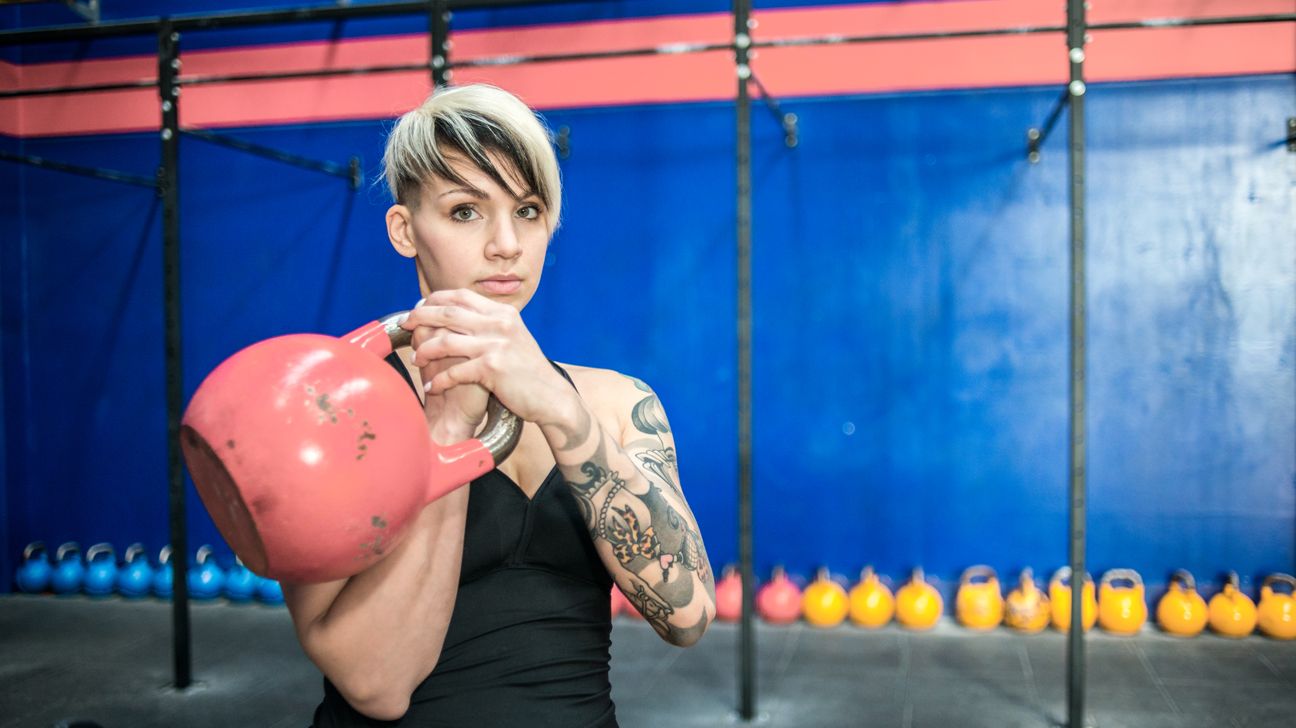Ready to bulk up without biting into a single steak? Vegetarian bodybuilding is here to prove that you can get swole on a plant-based diet.
First off, let’s clear up a myth: vegetarian bodybuilders are real! You don’t need chicken breasts or salmon to get ripped. Many vegetarian and vegan bodybuilders have shown you can build muscle and lean without meat.
It might be a bit trickier, but you can achieve great results with the proper planning and knowledge. So, get ready to learn how to master vegetarian bodybuilding!

Building muscle on a vegetarian diet isn’t rocket science, but it requires some know-how. Here are some tips to keep you on track.
Tip 1: Prioritize protein (duh)
Let’s face it: protein is the MVP for muscle building and is even more critical when you’re vegetarian. Aim for around 1.6 – 2.2 g/kg/day. In other words, aim for 0.73 to 1 gram per pound of body weight per day. For example, if you weigh 150 pounds, this would mean you should consume about 110 to 150 grams of protein each day.
If that seems like a lot, don’t fret — there’s a smorgasbord of plant-based proteins to fuel your workouts and keep those muscles fed.
Instead of steak, chicken, and turkey, think of the following:
- tofu
- tempeh
- lentils
- chickpeas
- quinoa
- nuts
- seeds
And hey, don’t forget about dairy and eggs if you’re a lacto-ovo vegetarian. These can be total game-changers in your diet.
Tip 2: Eat frequently and mind your macros
If you’re serious about gains, it’s not just about what you eat but also how often you eat.
Double-check that you get enough calories throughout the day to support muscle growth. Keep an eye on your macros — protein, carbs, and fats — because getting the balance right is crucial to maximizing your results.
For optimal muscle growth, it’s not just the total amount of protein you consume daily that matters but also how you distribute it throughout the day. To best support muscle growth and repair, aim to consume protein at each meal and snack, roughly every 3–4 hours. Your initial reference touches on this, but here are some additional resources for more information.
Tip 3: Get creative with your meals
Sure, chicken and rice are out, but who says vegetarian meals have to be boring?
There’s a metric sh*t ton of delicious and protein-packed vegetarian recipes out there. Consider these options:
- lentil stews
- chickpea curries
- tempeh stir-fries
- quinoa bowls
- bean burgers
- tofu scrambles
Not only are these meals muscle-friendly, but they’ll also keep your taste buds happy. Win-win, right?
Tip 4: Supplement smartly
Sometimes, food alone might not cut it. That’s where supplements come in. There’s strong evidence that creatine supplementation helps with muscle building, and it offers even more benefits for vegan athletes compared to those who eat meat.
Consider adding a high-quality plant-based protein powder to your routine, especially after workouts when your body needs protein the most.
Also, don’t forget about B12 and iron, which can be tricky to get enough of in a vegetarian diet. A good multivitamin can help fill in the gaps.
PSA: It’s important to note that the supplement industry is unregulated. That said, it’s best to recommend third-party verified brands with NSF or Informed Sport certification.
Meal planning is crucial for any bodybuilder, but it’s essential when you’re going vegetarian. Here’s a sample day to give you some ideas:
- Breakfast. Oatmeal with almond butter, chia seeds, and a scoop of plant-based protein powder or a smoothie bowl with blended spinach, frozen berries, and a scoop of plant-based protein powder topped with granola and pumpkin seeds.
- Snack.Greek yogurt with mixed nuts and berries, apple slices with peanut butter, and a sprinkle of hemp seeds.
- Lunch. Lentil soup with a side of quinoa and steamed veggies or chickpea salad wrapped with whole-grain tortilla, mixed greens, and a side of roasted sweet potatoes
- Snack.Hummus with carrot sticks, whole grain crackers, edamame, and a small handful of almonds.
- Dinner. Tofu stir-fry with brown rice, mixed veggies, or stuffed bell peppers with black beans, quinoa, and roasted Brussels sprouts.
- Post-workout. Smoothie with banana, spinach, plant-based protein powder, almond milk or protein shake with frozen mango, kale, coconut water, and a scoop of plant-based protein powder.
When it comes to protein, variety is your best friend. Here are some of the top sources to include in your diet:
- Tofu and tempeh. These soy-based powerhouses are packed with protein and are super versatile in the kitchen.
- Lentils. Not only are they high in protein, but they’re also loaded with fiber, making them an excellent choice for staying full and satisfied.
- Chickpeas. Whether in hummus form or roasted as a snack, chickpeas are a tasty way to up your protein intake.
- Quinoa. This ancient grain is a complete protein and a fantastic source of carbs to fuel your workouts.
- Greek yogurt. Greek yogurt is a protein-rich breakfast or snack option.
- Eggs. This kitchen staple is a versatile, high-quality protein. Plus, they’re loaded with vitamin D and choline, which boost bone and brain health.
Who needs steak when you’ve got soy? With the right strategy, your vegetarian diet can fuel some serious gains.
Replace meat proteins with a mix of tofu, lentils, and chickpeas, and bench-press those misconceptions right out of the gym.

